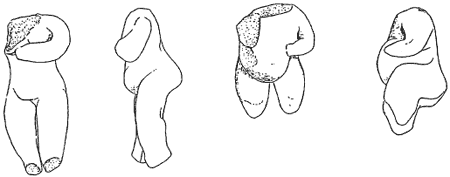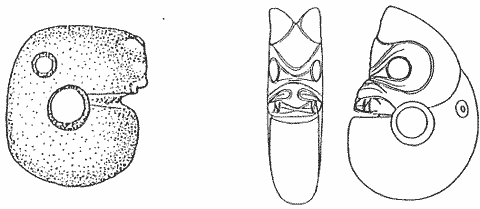Just out from the archives of Sino-Platonic Papers is The Development of Complexity in Prehistoric Northern China, by Sarah M. Nelson of the University of Denver.
This deals with Hongshan culture (Hóngshān wénhuà / 紅山文化 / 红山文化), a neolithic culture that flourished in what is now northeastern China more than 5,000 years ago.
From the introduction:
Far to the north of the Central Plain of China (the Zhongyuan), in Liaoning province and Inner Mongolia, nearly two millennia before the florescence of the Shang dynasty, a complex society known as the Hongshan culture arose, with a mixed economy of herding and agriculture. Some two dozen major sites are known, along with many smaller ones, spread over about 100,000 square km. Hongshan presents a puzzle for Chinese archaeologists because of its amalgam of non-Chinese traits (for example nude female figurines and the “Goddess Temple” featuring over-life-sized statues of women) with some early manifestations of such quintessentially Chinese characteristics as round and square outdoor platforms for altars, the use of jade for emblems of power, and possibly dragon iconography.
Sino-Platonic Papers no. 63 was originally published in December 1994.


